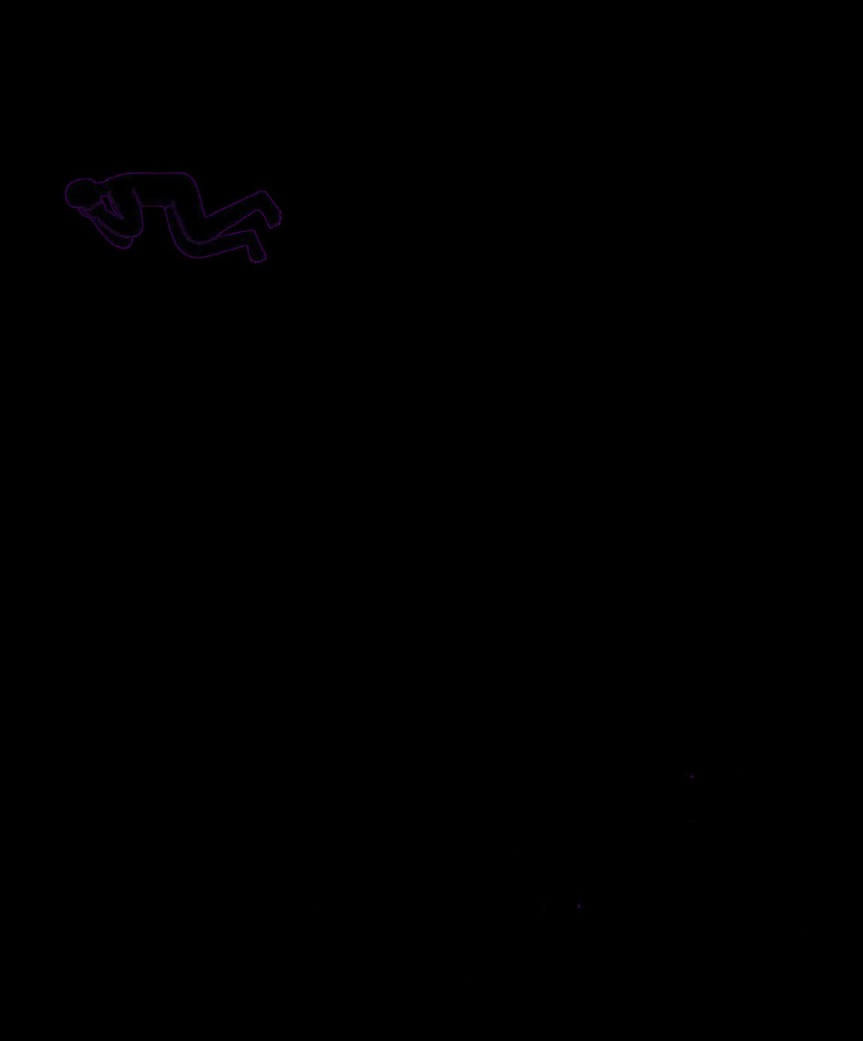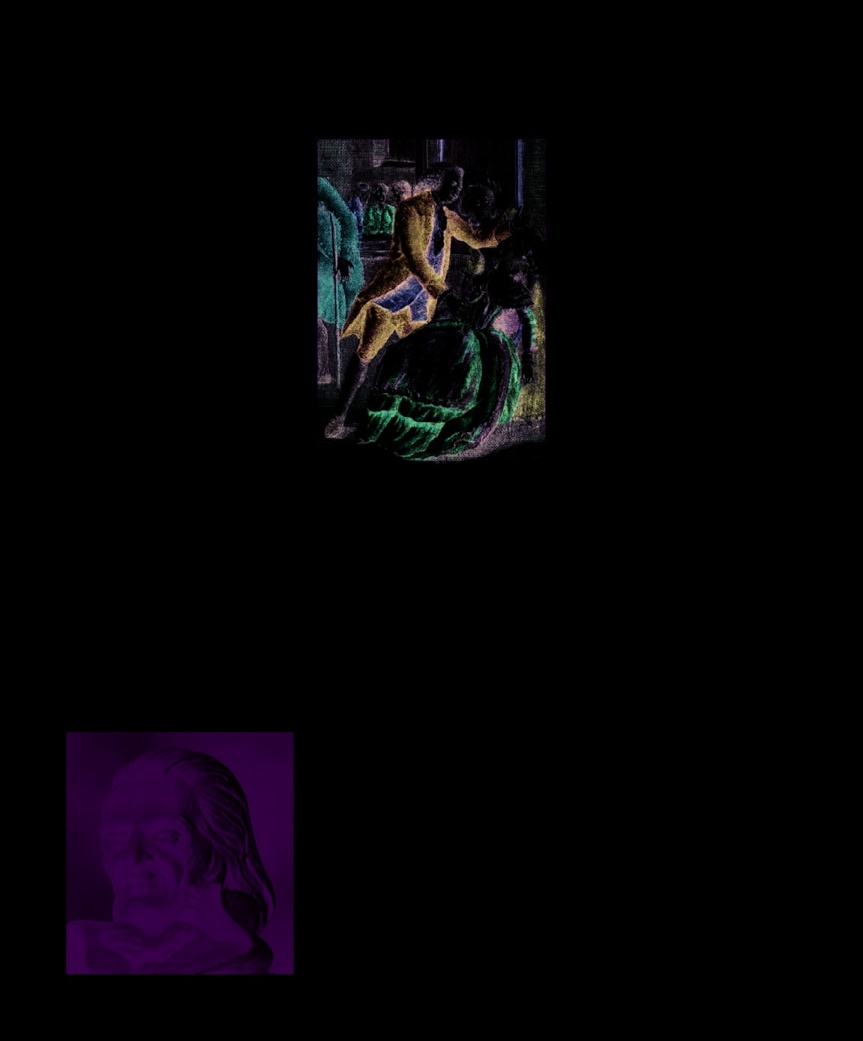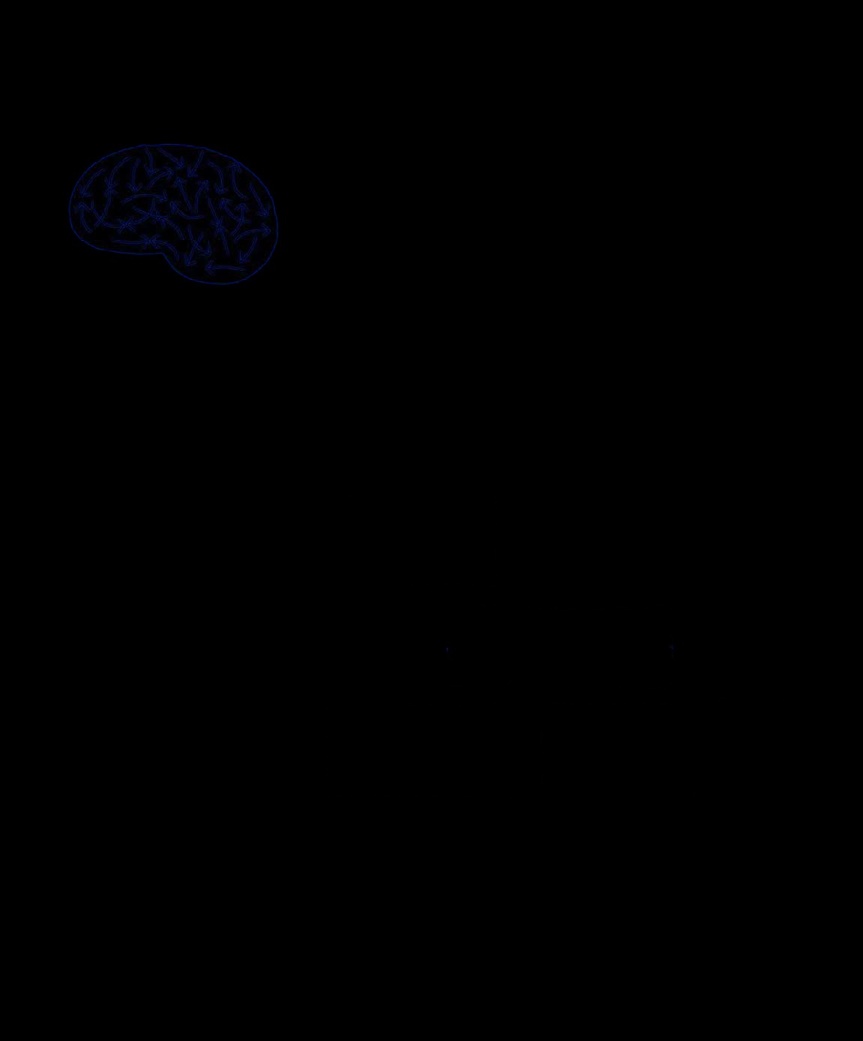The Psychology Book (8 page)
Read The Psychology Book Online
Authors: Unknown

contracted tuberculosis from
body. The mind, or soul, residing
An analogy for the mind
his mother, who died a few
in the pineal gland, located deep
Taking his inspiration from the
days after he was born, and
within the brain, was thought to
French formal gardens of Versailles,
remained weak his entire life.
sometimes become aware of the
with their hydraulic systems that
From the age of eight, he was
moving spirits, which then caused
supply water to the gardens and
educated at the Jesuit college
conscious sensation. In this way,
their elaborate fountains, Descartes
of La Flèche, Anjou, where he
the body could affect the mind.
describes the spirits of the body
began the habit of spending
Likewise, the mind could affect
operating the nerves and muscles
each morning in bed, due
the body by causing an outflow of
like the force of water, and “by this
to his poor health, doing
animal spirits to a particular region
means to cause motion in all the
“systematic meditation”—
of the body, initiating action.
parts.” The fountains were controlled
about philosophy, science,
by a fountaineer, and here Descartes
and mathematics. From 1612
found an analogy for the mind. He
to 1628, he contemplated,
traveled, and wrote. In 1649,
explained: “There is a reasoning
he was invited to teach Queen
soul in this machine; it has its
Christina of Sweden, but her
principal site in the brain, where it
early-morning demands on his
is like the fountaineer who must be
time, combined with a harsh
at the reservoir, whither all the
climate, worsened his health;
pipes of the machine are extended,
he died on February 11, 1650.
when he wishes to start, stop, or in
Officially, the cause of death
some way alter their actions.”
was pneumonia, but some
While philosophers still argue as
historians believe that he
to whether the mind and brain are
was poisoned to stop
somehow different entities, most
the Protestant Christina
psychologists equate the mind
converting to Catholicism.
with the workings of the brain.
However, in practical terms, the
Key works
distinction between mental and
1637
Discourse on the Method
physical health is a complex one:
Descartes illustrated the pineal
1662
De Homine
(written 1633)
the two being closely linked when
gland
, a single organ in the brain
1647
The Description of the
mental stress is said to cause
ideally placed to unite the sights and
Human Body
sounds of the two eyes and the two
physical illness, or when chemical
1649
The Passions of the Soul
ears into one impression.
imbalances affect the brain. ■

22
D ABOBE FRMEZ
ARIA (1756–181 !
9)
IN CONTEXT
APPROACH
T
he practice of inducing state, but its use as a healing
trance states to promote
therapy was largely abandoned until
healing is not new. Several
the German doctor Franz Mesmer
ancient cultures, including those of
reintroduced it in the 18th century.
Hypnosis
Egypt and Greece, saw nothing
Mesmer’s treatment involved
BEFORE
strange about taking their sick to
manipulating the body’s natural, or
“sleep temples” so they could be
“animal,” magnetism, through the
1027
Persian philosopher and
cured, while in a sleeplike state, by
use of magnets and suggestion.
physician Avicenna (Ibn Sina)
suggestions from specially trained
After being “mesmerized,” or
writes about trances in
The
priests. In 1027, the Persian
“magnetized,” some people suffered
Book of Healing.
physician Avicenna documented
a convulsion, after which they
1779
German physician Franz
the characteristics of the trance
claimed to feel better.
Mesmer publishes
A Memoir
on the Discovery of Animal
Magnetism
.
AFTER
1843
Scottish surgeon James
…combines with the
Braid coins the term “neuro-
A gentle request or
highly concentrated
commanding order…
mind
of a subject…
hypnotism” in
Neurypnology
.
1880S
French psychologist
Emile Coué discovers the
placebo effect and publishes
Self-Mastery Through
Conscious Autosuggestion.
1880S
Sigmund Freud
investigates hypnosis and its
In this state
the subject becomes
apparent power to control
…to induce a state of
more susceptible
“lucid sleep”
unconscious symptoms.
to
the power of
(hypnotic trance).
suggestion.

PHILOSOPHICAL ROOTS 23
See also:
Jean-Martin Charcot 30 ■ Sigmund Freud 92–99 ■ Carl Jung 102–07 ■ Milton Erickson 336
A few years later, Abbé Faria, a
Portugese-Goan monk, studied
Mesmer’s work and concluded that
it was “entirely absurd” to think
that magnets were a vital part of the
process. The truth was even more
Nothing comes from the
extraordinary: the power to fall into
magnetizer; everything comes
trance or “lucid sleep” lay entirely
from the subject and takes
with the individuals concerned.
place in his imagination.
No special forces were necessary,
Abbé Faria
because the phenomena relied only
upon the power of suggestion.
Lucid sleep
Faria saw his role as a “concentrator,”
helping his subject get into the right
Franz Mesmer induced trance
state of mind. In
On The Cause
through the application of magnets,
of Lucid Sleep
, he describes his
often to the stomach. These were said
method: “After selecting subjects
to bring the body’s “animal” magnetism
with the right aptitude, I ask them
back into a harmonious state.
to relax in a chair, shut their eyes,
concentrate their attention, and
surgeon James Braid, from the
Jean-Martin Charcot began to use
think about sleep. As they quietly
Greek
hypnos
, meaning “sleep”
hypnotism systematically in the
await further instructions,
and
osis
meaning “condition.” Braid
treatment of traumatic hysteria.
I gently or commandingly say:
concluded that hypnosis is not a
This brought hypnosis to the
‘
Dormez
!’ (Sleep!) and they fall
type of sleep but a concentration
attention of Josef Breuer and
into lucid sleep”.
on a single idea, resulting in
Sigmund Freud, who were to
It was from Faria’s lucid sleep
heightened suggestibility. After his
question the drive behind the
that the term “hypnosis” was
death, interest in hypnosis largely
hypnotic self, and discover the
coined in 1843 by the Scottish
waned until the French neurologist
power of the unconscious. ■
Abbé Faria
Born in Portuguese Goa, José
could so quickly alter his state
Custódio de Faria was the son of
of mind. He moved to France,
a wealthy heiress, but his parents
where he played a prominent
separated when he was 15.
part in the French Revolution
Armed with introductions to the
and refined his techniques of
Portuguese court, Faria and his
self-suggestion while imprisoned.
father traveled to Portugal where
Faria became a professor of
both trained as priests. On one
philosophy, but his theater
occasion, the young Faria was
shows demonstrating “lucid
asked by the queen to preach in
sleep” undercut his reputation;
her private chapel. During the
when he died of a stroke in 1819
sermon, he panicked, but his
he was buried in an unmarked
father whispered, “They are all
grave in Montmartre, Paris.
men of straw—cut the straw!”
Faria immediately lost his fear and
Key work
preached fluently; he later
wondered how a simple phrase
1819
On the Cause of Lucid Sleep

24
CONCEPTS BECOME
FORCES WHEN THEY
RESIST ONE ANOTHER
JOHANN FRIEDRICH HERBART (1776–1841)
IN CONTEXT
Experiences and sensations
APPROACH
combine to form
ideas
.
Structuralism
BEFORE
1704
German philosopher
Gottfried Leibniz discusses
Dissimilar ideas resist
petites perceptions
(perceptions
Similar ideas can
one another and become
coexist or combine
.
without consciousness) in his
forces in conflict.
New Essays on Human
Understanding.
1869
German philosopher
One idea
is forced
Eduard von Hartmann
to become
favored
publishes his widely read
over another.
Philosophy of the Unconscious.
AFTER
1895
Sigmund Freud and
The
unfavored idea
leaves
Josef Breuer publish
Studies
The favored idea
stays
consciousness; it becomes
on Hysteria
, introducing
in consciousness
.
an unconscious idea
.
psychoanalysis and its
theories of the unconscious.
1912
Carl Jung writes
The
Psychology of the Unconscious
,
suggesting that all people have
a culturally specific collective
J
ohann Herbart was a German the mind must use some kind of
